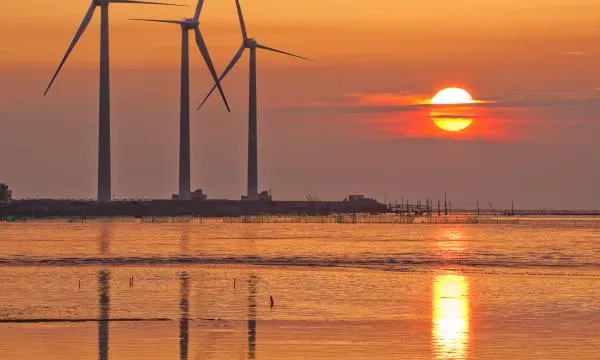
Taiwan could unveil offshore wind programme allocations
It will involve 5GW of generation capacity.
Taiwan is expected to reveal the details of a new round for its offshore wind allocation programme, which will involve 5GW of generation capacity.
According to Recharge News, Taiwan’s Ministry of Economic Affairs (MOEA) was initially due to release the “third-stage” allocation for project development post-2026 by the end of this year, but first brought forward the date to October and then to the end of August.
The ministry already held public consultations with developers over the design of the new auction, Taiwanese media has learnt, adding that more than 20 companies — including newcomers from Europe and Japan — have expressed interested in getting a cut in the third round allocation.
In 2018, Taiwan awarded 3.84GW and 1.66GW of offshore wind capacity to seven developers in two rounds of allocations that were contested by 10GW of projects. That meant 4.5GW left the process empty-handed.
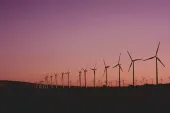

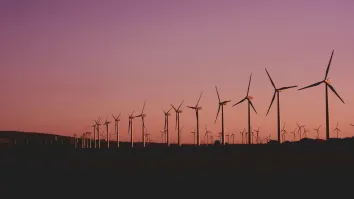
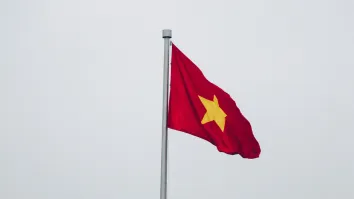






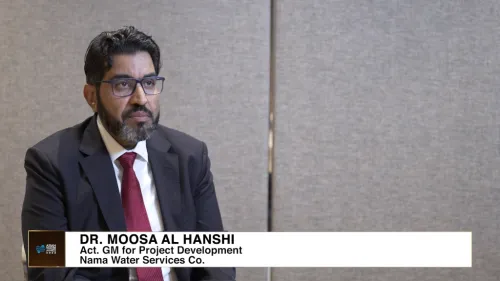
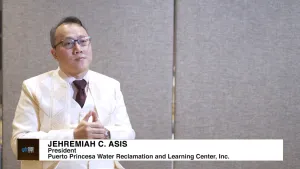
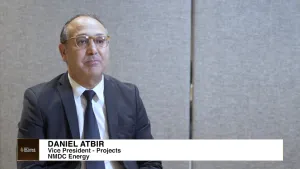


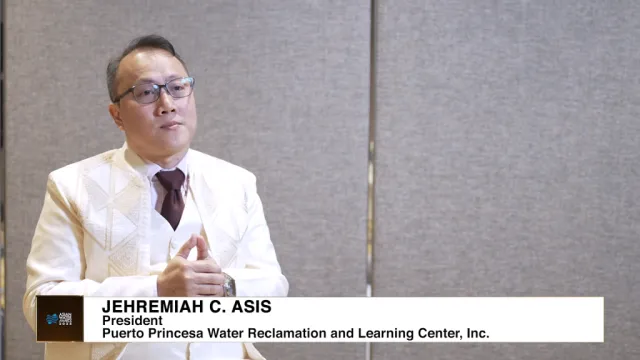
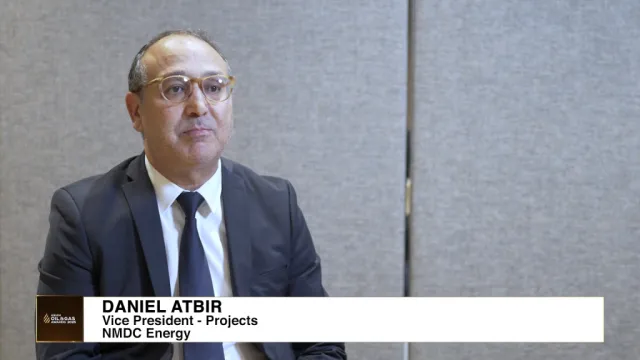


 Advertise
Advertise






